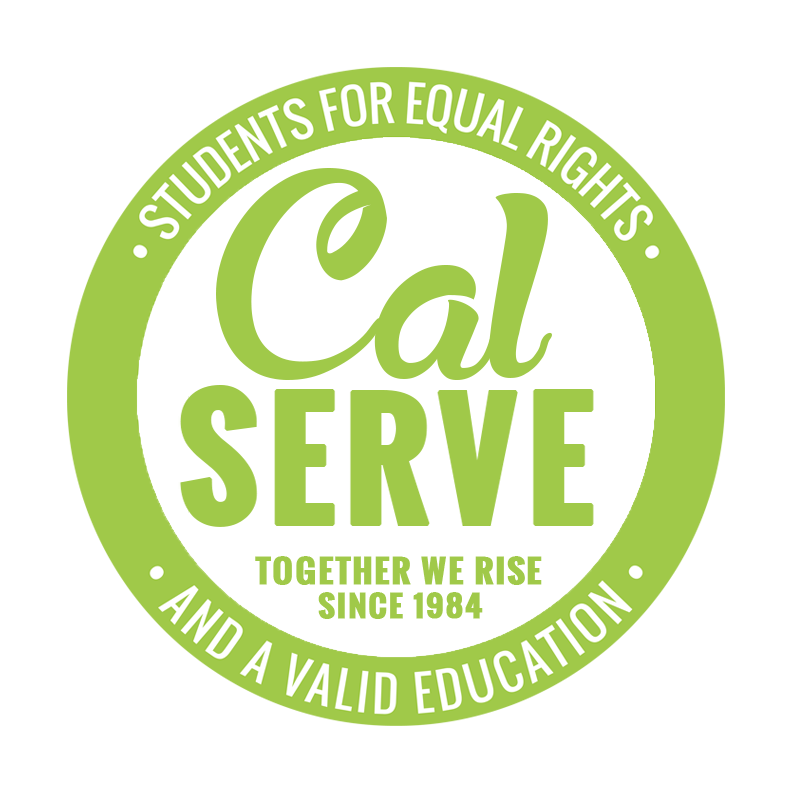Teddy’s Platforms Explained
AN ASUC FOR YOU
How can we make the ASUC into an institution that works for everyone?
I. Increase Transparency
a. Institutionalize a Spring ASUC Town Hall, at which the President delivers a “State of the Association” address that sparks collective reflection, allows for community feedback, and inspires officials within the Association to chart a course forward.
b. Create accessible, public video coverage of ASUC business, by partnering with CalTV to implement a weekly recap program for all Senate meetings.
c. Re-envision the purpose of regular official reports, by expanding the forms they may take, the process to submit them, and the criteria they’re evaluated on.
II. Broaden Accessibility
a. Empower future leaders by establishing bi-annual leadership development trainings through the LEAD Center that teach uplifting leadership practices to inexperienced and underrepresented students interested in on-campus advocacy.
b. Collaborate with the Chief Legal Officer and the ASUC Alumni Association to explore alternative forms of compensation that respect the labor of ASUC officials, while also prioritizing the financial needs of the organizations that rely on our funds.
c. Decentralize ASUC leadership opportunities and combat the insulation of authority, by creating strict dissemination protocols that ensure the equitable, intentional publication of openings for newcomers to serve on commissions, committees, boards, et cetera.
III. Reimagine Impact
a. Establish an “ASUC x Community Summit,” where community members and leaders are empowered to express the fullest extent of their concerns to elected officials.
b. Ignite a culture of service through collaboration with the Public Service Center to institutionalize regular ASUC Service Days that inspire affiliates to invest in the world beyond the campus and the institution.
c. Unite the ASUC behind shared purpose and values, by creating a more thorough understanding of and investment in the Advocacy Agenda.
RECONFIGURING THE CAMPUS CLIMATE
How can we energize the campus behind a shared sense of community?
I. Develop Programming
a. Leverage University relationships to more regularly bring informative, inspirational, and diverse speakers to Berkeley for on-campus engagements that are of little or no cost to students.
b. Demystify and revitalize CalLink as a hub for Registered Student Organizations to improve partnerships, increase event visibility, and encourage resource sharing.
c. Return the power of programming to the Office of the President, by maintaining a regular, multi-faceted presence on Sproul that allows students to feel meaningfully connected to ASUC leadership.
II. Amplify Advocacy
a. Establish an “RRC Task Force” within the Office of the President to uplift existing efforts to recruit and retain underrepresented students, without co-opting work.
b. Amplify student voices, by crafting a Student Stakeholder Policy that requires executives to bring at least one non-ASUC affiliated student to administrative meetings on a regular basis.
c. Institutionalize the “OP Priorities Survey” to allow students to anonymously and regularly submit critical advocacy issues for consideration.
III. Center Those in the Margins
a. Foster gender equity and queer/trans inclusivity on campus, through supporting: the inclusion of pronouns on Cal1Cards and CalCentral, the expansion of gender neutral bathroom accessibility, and the integration of more robust reproductive services at the TANG Center, including subsidized Plan B and medicated abortion services.
b. Hold administrators accountable for the impending “2020 Outcomes” listed in the 2009 Strategic Plan for Equity, Inclusion, and Diversity with emphasis on the University’s goals to diversify campus faculty and eliminate recruitment and retention disparities. This includes holding the University accountable to their commitment to the HSI initiative.
c. Establish a “Disabled Students’ Commission” within the ASUC to allow for identifying students to control the narrative surrounding disability, while using ASUC resources to expand DSP advocacy on campus.
BECOMING BERKELEY
What does it mean to truly be the #1 public university?
I. Basic Needs Accessibility
a. Expand efforts to redistribute excess food, by developing a seamless pipeline that carries food from RSO events, CalGreek houses, Co-Ops, and CalDining facilities to the Food Pantry and unhoused folks in the area.
b. Advocate alongside the Student Advocate’s Office for University properties and CalGreek homes to remain open over academic breaks and support efforts to provide temporarily unhoused students with a guaranteed alternative.
c. Work with the University to guarantee the implementation of the Master Housing Plan and to ensure development happens without consequently gentrifying the city or surrounding areas.
II. Inclusive Safety Tactics
a. Expand the Community Service Officer/BearWalk program, in an effort to keep Cal safe without increasing the presence of militarized police officers on campus.
b. Establish a “Student Safety Survey” that allows for students to report non-emergent safety concerns to a non-police authority, who may then be able to take corrective action or advise on next steps.
c. Work with PATH to Care to expand their capacity to offer non-confidential services (i.e. drop-in office hours) and hold the Office for the Prevention of Harassment and Discrimination accountable for its failure to offer consistently equitable, expedient services to students in need.
III. All-Encompassing Wellness
a. Advocate to establish a voluntary mental health screening provided to incoming-students, who’ve submitted their Statement of Intent to Register.
b. Develop meaningful programs for students suffering from substance abuse, while also educating the campus about the signs of an addiction through partnership with SoBears.
c. Develop a partnership with the Ann Chandler Public Health Center to ensure students without SHIP or the financial capacity to pay a fee receive necessary services, such as vaccinations.



